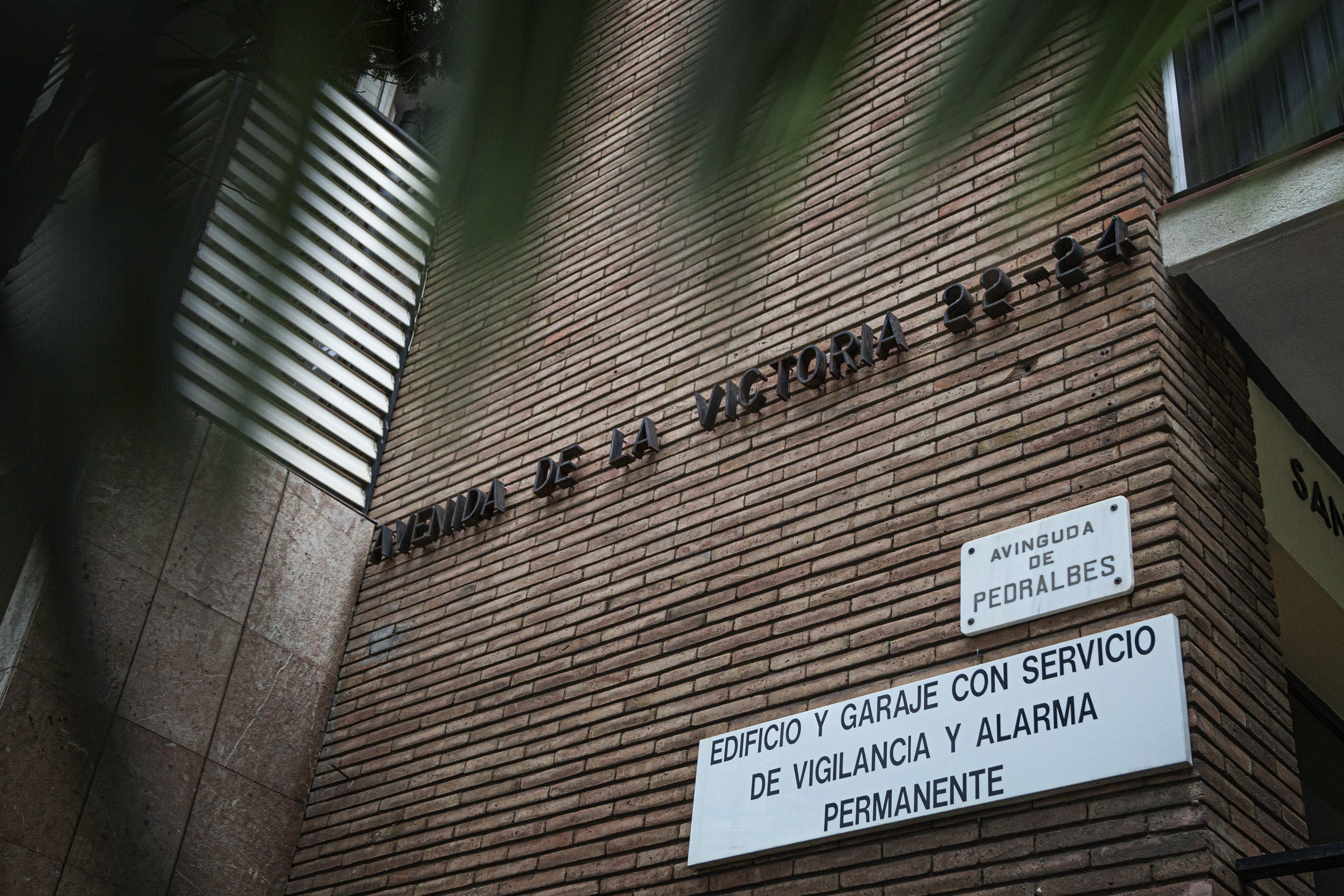Spanish dictator Francisco Franco died on November 20th, 1975. That was 47 years ago. This date, however, does not seem to be that long ago because fascism is still very present in Spain. The project DeberíaDesaparecer (It should disappear) consists of a web page where, among other data, the location of over 600 streets with Francoist names or events is shared. The initiative, promoted by the Jesús Pereda Foundation of Comisiones Obreras (CCOO), a Spanish trade union, reported the discovery of approximately 5,600 vestiges and symbols present in Spain and anyone can look up information about the remains of Francoism in their localities.
Subsidized by the Spanish ministry of the Presidency, Relations with the Courts and Democratic Memory, the report is the first Spanish catalogue of its type, although it is an approximation based on compilations by local administrations and memorial associations, specialized research and media. The symbols have been illegal for many years and, now, with the new law passed by the Congress of Deputies last Thursday, which is pending final approval, all these Francoist allegories are qualified as "contrary to the law".
Why was this project born?
It all goes back to 2007, when a law was passed in Spain that, among other things, promotes the withdrawal of shields, badges, plaques and other objects or commemorative mentions of exaltation —personal or collective— of the military uprising, the Spanish Civil War and the repression of the Franco dictatorship. However, 15 years later, and through complex geolocation due to the lack of public catalogues, the DeberíaDesaparecer project has created a virtual space of open data that visualizes and identifies the national panorama of all vestiges and symbols that make up a landscape opposed to the democratic memory.
francoist plaque barcelona democratic memory
L'Ajuntament removes Francoist plaques from buildings in Barcelona / Photo: Europa Press
Most of the remaining Francoist symbols are plaques
In total, 5,596 Francoist vestiges have already been found. The vast majority, almost 77%, are plaques, metal inscriptions impressed on the facades of public housing built by the National Housing Institute during the dictatorship. In second position are the name of streets, with 611 identified. According to the Spanish ministry of Justice's data, in 2019 there were 1,179. In fact, there are large cities that are recovering Francoist streets, among them the City Council of Madrid, which has returned to the list Francoist streets such as Millán-Astray or that of the Crucero de las Baleares (Balearic cruise ship). 212 tombstones and 150 Franco crosses have been accounted for.
A bigger presence in private spaces than in public
DeberíaDesaparecer has discovered that of the total number of vestiges that do not comply with the law of historical memory, over 80% are in private spaces due to the abundance of Falangist plaques in homes. In this way, most of the symbols still present can be hidden from the eyes of the population. On the contrary, some of the most visible emblems, such as the numerous statues to the dictator erected in his honour, have been progressively removed since 2007, but some still remain intact, their signs unchanged.
This is the case of the Francoist monument in Tortosa that commemorates the battle of the Ebro and, in this case, has not been intervened to change its Francoist meaning for something democratic. In fact, last July 7th, Catalonia's High Court (TSJC) overturned the Catalan government's appeal for the removal of the monument, and today the works are at a standstill. The court based its decision on the fact that the removal of the monolith "does not respond to a particular interest". On the contrary, "it affects the protection of cultural heritage". Currently, 10 Francoist monuments that exceed 20 meters in height remain in Spain.
Six towns in the Spanish state with a Francoist name
One of the most curious findings in the report is that six municipalities in Spain have a Francoist name. These are the cases of Quintanilla de Onésimo (Valladolid), in honour of the founder of the JONS (Juntas de Ofensiva Nacional-Sindicalista (lit. Councils of National-Syndicalist Offensive, a Spanish fascist group), Villafranco del Guadiana (Badajoz), San Lorenzo de Yagüe (Soria), Alcocero de Mola (Burgos), Alberche del Caudillo (Toledo) and Llanos del Caudillo (Ciudad Real). According to experts, pursuant to the 2007 law, public administrations must remove any symbols that extol the Francoist era, but case law stated that "it is not applicable to the name of the municipality". This is what the municipalities argue in order not to change the town's Francoist name.

